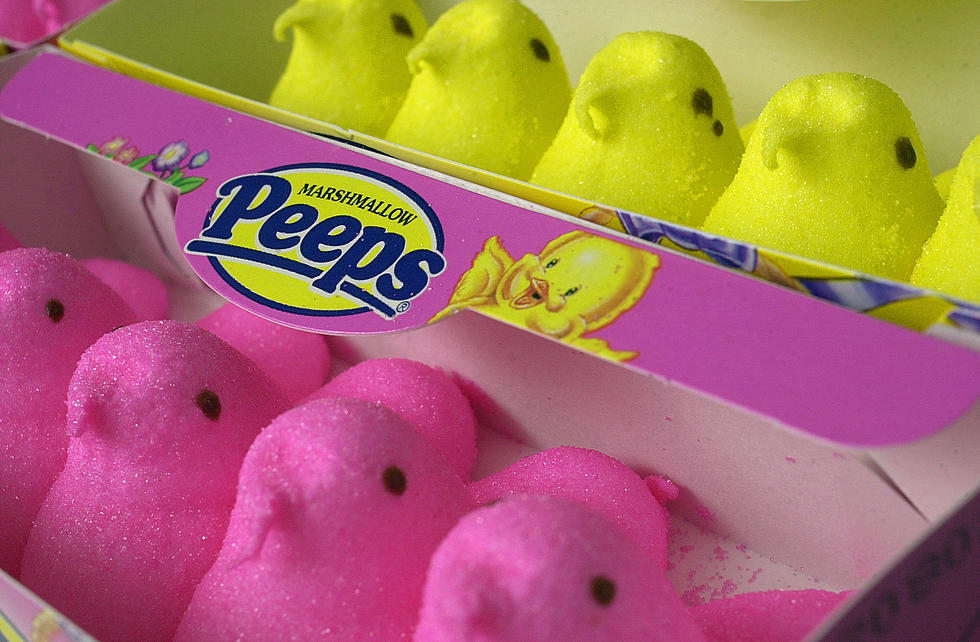
Six Holiday Marketing Tricks, And Why You Can’t Resist Them
Every November, all the stores roll out 'special' deals designed to make us spend as much as possible during the holidays . . . like the sheeple we are. Here's a list of six marketing tricks, and why you can't resist them . . .
#1.) A Limit of Five Per Person. Setting a limit increases the chances you'll buy at least one. And if you were already planning to buy one, it increases the chances you'll buy FIVE.
--It works because we're naturally competitive, and setting a limit makes us feel like what we're buying is in high demand. But you're really just buying five of something the store is trying to get rid of.
#2.) 23% Off Instead of 25%. Odd numbers like 23% or 47% suggest that whatever you're buying has already been marked down at least once before . . . even if that's not really the case.
--It's the same reason a real estate broker lists a property at $284,700 instead of $285,000. It makes potential buyers assume that the seller already came down in price.
#3.) Reminders That a Sale Is About to End. On the last day of a recent 25% off sale at Old Navy, they sent customers an email that said, "Last chance. Hurry before the discounts drop."
--That day, the traffic on OldNavy.com increased by more than 8%, and people stayed on the site for 6% longer than usual. That might not SOUND like a lot, but for a huge company like Old Navy, it's hundreds of thousands of dollars.
--The reason things like reminders and limited time offers work is because they play on your basic survival instinct to grab what's available before someone else does.
#4.) Warranties. The vast majority of people who buy them never end up using them, but companies know we're afraid to buy something expensive without some sort of insurance.
--That's why they'll offer you the two-year extended warranty, and not mention that the gadget you're buying already comes with a ONE-year warranty.
#5.) Advertising How Much You're Saving, Not How Much It Costs. Putting a sticker that says "$250 Off" on something that costs $500 makes people assume the item is actually worth $750.
--And the first thing that catches your attention is how much you'd be saving instead of how much you'd be spending.
#6.) Offering a Free Gift If You Spend Over a Certain Amount. Obviously, it makes you spend more, and the gift is usually something you'd never buy. But this one is hard for people to resist because it appeals to your inner child.
--Retailers know that buying gifts for other people makes you want to buy something for YOURSELF. And being able to say you got something for "free" eliminates all the guilt.
More From 95.7 KEZJ









